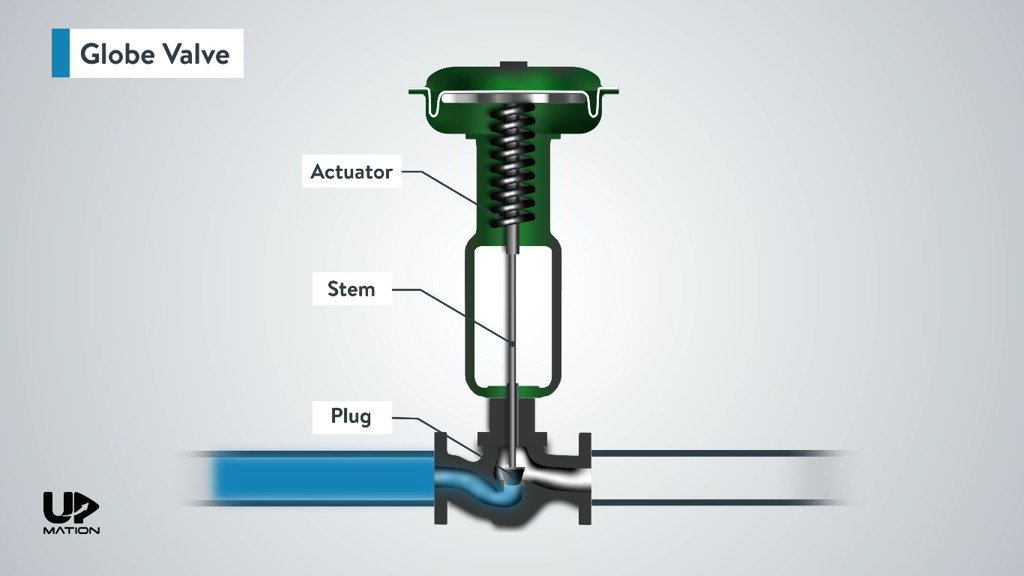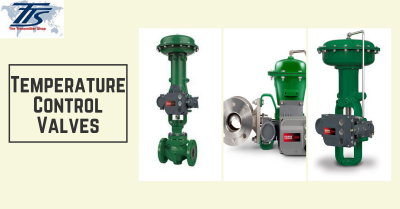
Maximize Energy Financial Savings and Convenience With Advanced Building Automation Controls
In the realm of modern architecture and facility management, the integration of advanced building automation regulates stands as a pivotal innovation. The merging of technology and sustainability has actually birthed a new period where energy performance, convenience optimization, and functional streamlining are no more obtainable realities but remote goals. By utilizing the power of automation, buildings can adapt, respond, and develop in ways that were when unbelievable. The potential for considerable energy cost savings and enhanced convenience is not just a possibility yet a pledge waiting to be satisfied. This paradigm change in structure administration holds the vital to unlocking a world where ecological conscientiousness and owner health harmoniously exist together within the wall surfaces of our frameworks.
Energy Performance Perks
Power performance advantages can substantially decrease power consumption and operational expenses in structures. By executing energy-efficient techniques and modern technologies, structure owners and drivers can achieve considerable financial savings while also adding to environmental sustainability. One of the main benefits of boosting power performance in structures is the decrease of utility costs. Energy-efficient systems, such as sophisticated structure automation controls, can optimize the use of sources like air conditioning, illumination, and home heating, bring about reduced power expenditures over time.
Furthermore, enhanced power efficiency can extend the lifespan of structure equipment and systems. By operating much more effectively, heating and cooling systems, light, and other building components experience less wear and tear, resulting in decreased upkeep and replacement prices. Furthermore, energy-efficient buildings frequently command greater residential or commercial property worths and rental prices, providing long-lasting financial advantages to owners.
Furthermore, power efficiency can boost owner convenience and productivity. Appropriately managed interior settings with optimum lights and thermal problems produce a more conducive and positive office, causing enhanced worker satisfaction and performance. On the whole, the energy efficiency benefits connected with sophisticated structure automation controls are complex, encompassing price savings, environmental stewardship, and resident well-being.
Enhanced Comfort Control
Enhancing comfort control in structure atmospheres needs an innovative assimilation of sophisticated automation systems for ideal resident health. By making use of innovative structure automation controls, facilities can tailor the indoor environment to fulfill the particular requirements and choices of residents. control valves.
By integrating these innovative controls, buildings can not only boost convenience however likewise enhance power performance by maximizing system procedures based on real occupancy and usage patterns. Ultimately, prioritizing owner convenience with innovative automation systems leads to an extra pleasurable and healthier indoor environment.
Functional Performance Improvements

Moreover, the application of real-time monitoring and analytics devices makes it possible for structure drivers to determine power inefficiencies and operational anomalies quickly. By continuously checking energy usage patterns and system performance metrics, changes can be made in real-time to optimize energy usage and make sure peak operational performance. control valves. In addition, incorporating demand reaction methods right into building automation controls can even more boost operational performance by dynamically readjusting power usage based upon grid conditions and prices signals
Indoor Environment Optimization
Reliable indoor climate optimization is a basic element of building automation controls, making sure owners' convenience and health while making the most of energy financial savings. By using sophisticated sensors and controls, building automation systems can constantly readjust and keep an eye on temperature level, humidity degrees, air high quality, and air flow to create an optimal indoor setting. Keeping comfy and consistent conditions not just enhances passenger fulfillment however additionally boosts productivity and general health.
Indoor climate optimization likewise plays helpful site a vital duty in energy performance. By fine-tuning cooling, heating, and ventilation systems based on real-time data and tenancy patterns, developing automation controls can dramatically lower power consumption - control valves. For example, carrying out methods such as demand-controlled air flow and thermal zoning can help her explanation minimize power waste while ensuring that each area of the building receives the essential conditioning.

Sustainable Environment Development
Building automation controls not only maximize indoor environment conditions for energy efficiency and resident comfort yet likewise lay the structure for producing a lasting atmosphere with tactical administration of systems and sources. By integrating innovative building automation modern technologies, such as sensors, actuators, and smart software, centers can keep an eye on and change power usage in real-time to decrease waste and decrease their carbon impact. These systems enable predictive maintenance, identifying possible issues prior to they escalate and maximizing tools efficiency to boost longevity and performance.
Furthermore, lasting atmosphere development extends beyond power administration to incorporate water preservation, waste reduction, and indoor air high quality improvement. Building automation controls can control water usage, detect leakages, and ensure correct garbage disposal methods, contributing to overall sustainability efforts. Furthermore, by monitoring and controlling air flow and filtering systems, these innovations boost owner wellness and efficiency while lowering energy intake linked with cooling and heating procedures.
Verdict
To conclude, advanced structure automation manages deal considerable benefits in regards to energy savings, convenience control, functional efficiency, indoor environment optimization, and developing a lasting atmosphere. By executing these controls, buildings can attain optimum efficiency while reducing energy intake and enhancing owner comfort. It appears that the use this contact form of advanced automation technology is vital in enhancing building efficiency and developing a more lasting future.
Power performance advantages can substantially reduce energy intake and operational prices in structures. In general, the power efficiency advantages connected with advanced structure automation controls are complex, encompassing expense financial savings, ecological stewardship, and passenger wellness.
Additionally, integrating demand action techniques right into structure automation controls can better enhance functional efficiency by dynamically adjusting power use based on grid problems and rates signals.
Building automation controls not just enhance indoor climate problems for power performance and passenger convenience yet additionally lay the structure for creating a lasting setting with tactical management of resources and systems.In conclusion, advanced building automation controls deal substantial advantages in terms of energy cost savings, comfort control, operational efficiency, indoor environment optimization, and creating a lasting atmosphere.